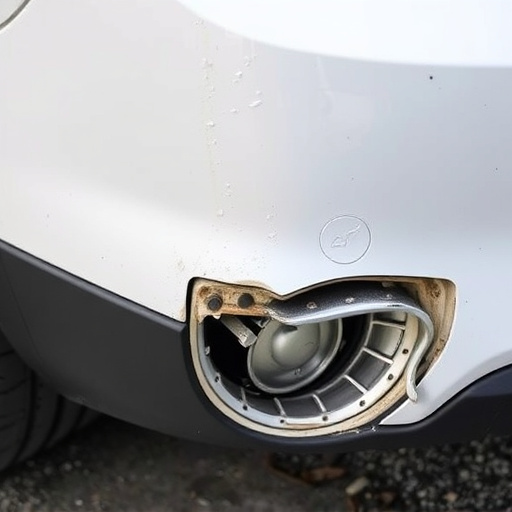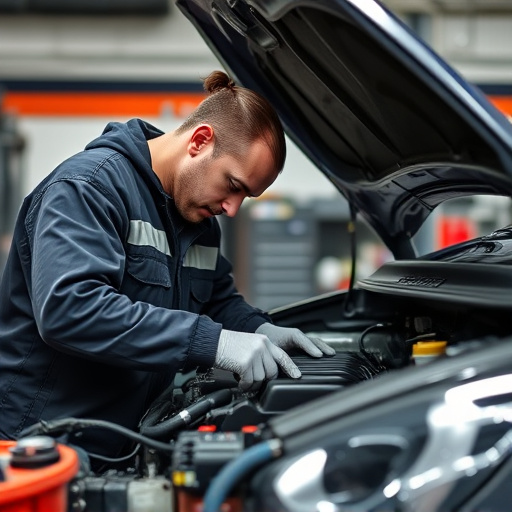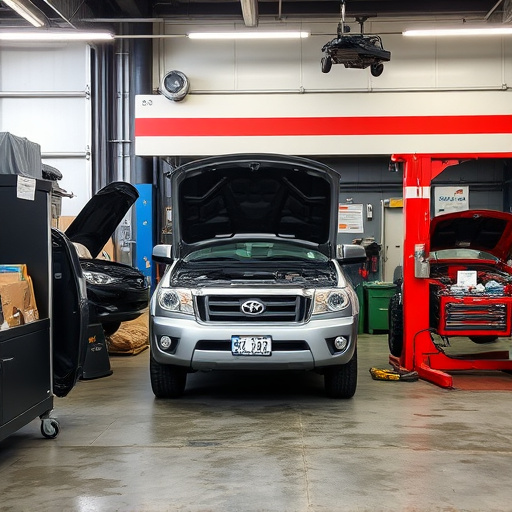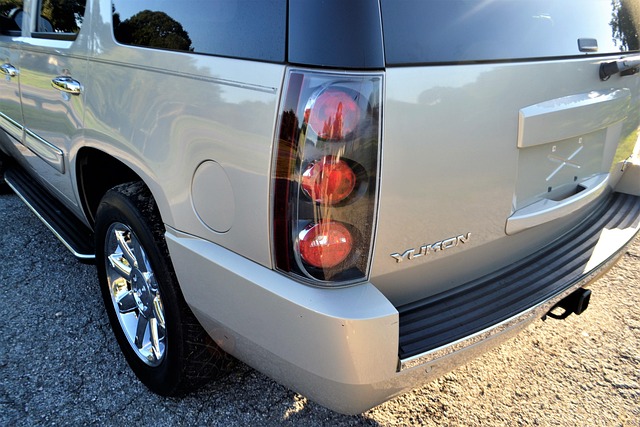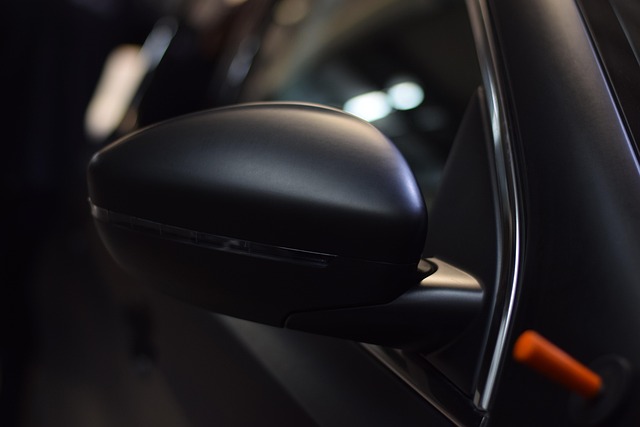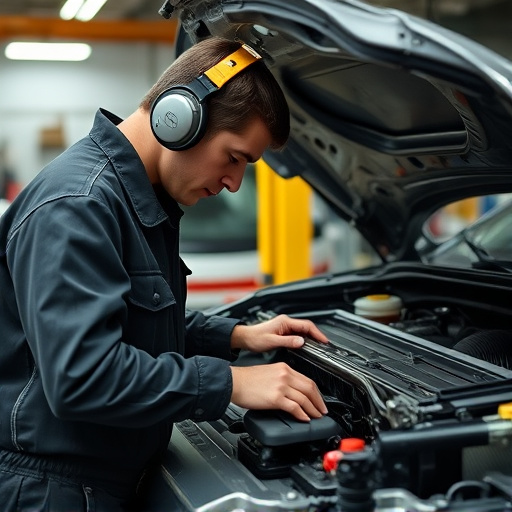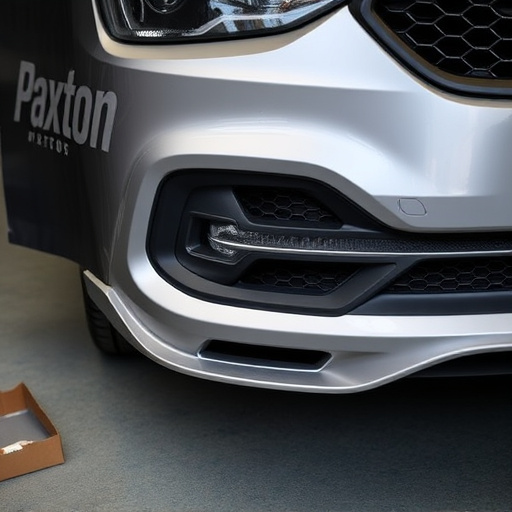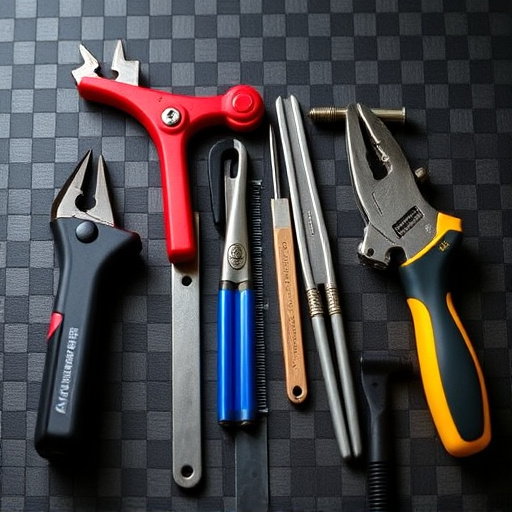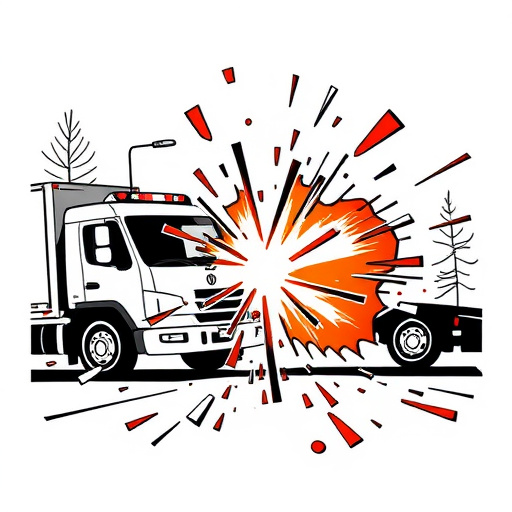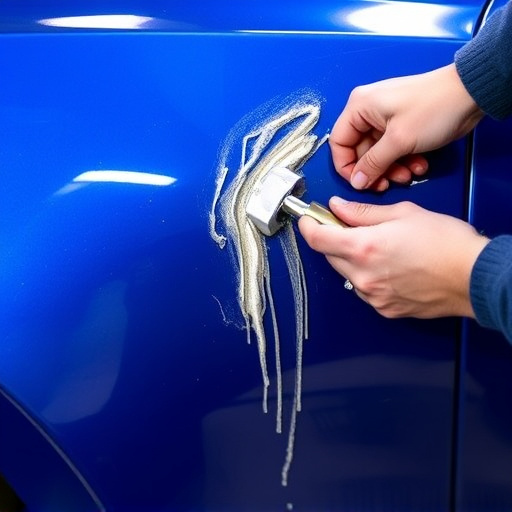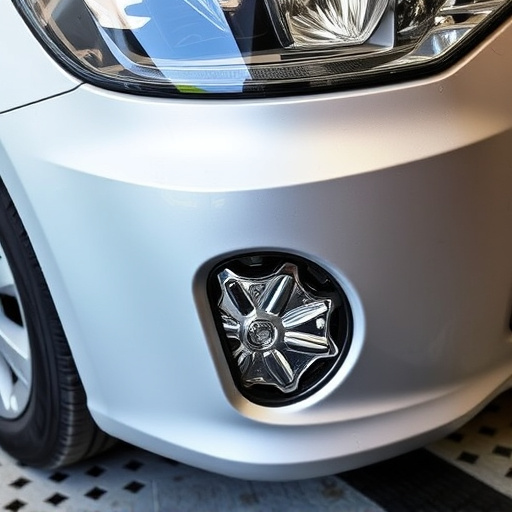Tesla's advanced air suspension systems, utilizing compressed air and ECUs, require meticulous diagnosis and repair post-collision for optimal performance. Common issues include irregular ride height, uneven tire wear, leaks in air springs/valves, and electrical malfunctions in the ECU. Regular maintenance prevents costly repairs by checking corrosion, damaged wires, and malfunctioning sensors. The Tesla air suspension repair process involves thorough inspection, precision disassembly, replacement with high-quality parts, and ECU communication checks using specialized tools and scanning tools for seamless integration and safe operation akin to top shops like Mercedes Benz.
Tesla’s innovative air suspension systems offer a smooth, adaptive ride but may require attention over time. This guide delves into the intricacies of diagnosing and repairing common issues within these advanced systems, focusing on the Electronic Control Unit (ECU) communication. By understanding how Tesla air suspensions function, you’ll gain insights into effective repair processes, ensuring optimal performance and safety for your vehicle.
- Understanding Tesla Air Suspension Systems
- Diagnosing Common Air Suspension Issues
- Repair Process and ECU Communication Checks
Understanding Tesla Air Suspension Systems
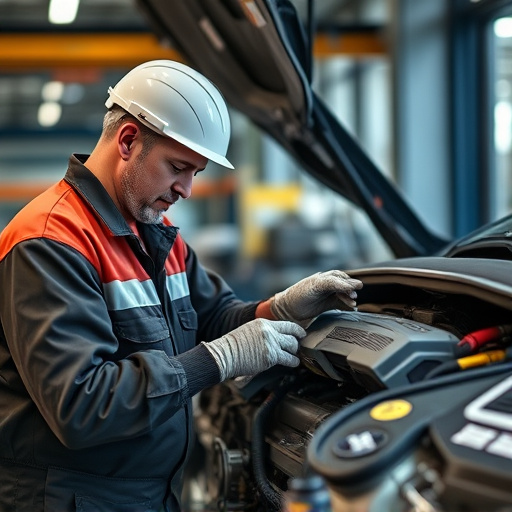
Tesla’s air suspension systems are a complex yet innovative feature designed to provide unparalleled ride comfort and dynamic handling. Unlike traditional spring-based suspensions, these systems use compressed air to adjust height and absorb impacts, allowing for a smoother, more controlled drive. Central to this system is the ECU (Electronic Control Unit), which manages air pressure levels across various suspension components.
When troubleshooting Tesla air suspension issues, understanding how these components interact is crucial. A fender bender or minor collision could disrupt the system, leading to problems like unpredictable ride height changes or a lack of responsiveness. Therefore, Tesla air suspension repair involves meticulous checks on both the physical components and ECU communication. An auto body shop with specialized technicians can diagnose and fix these issues, ensuring your vehicle returns to its optimal performance after any incident involving vehicle paint repair.
Diagnosing Common Air Suspension Issues
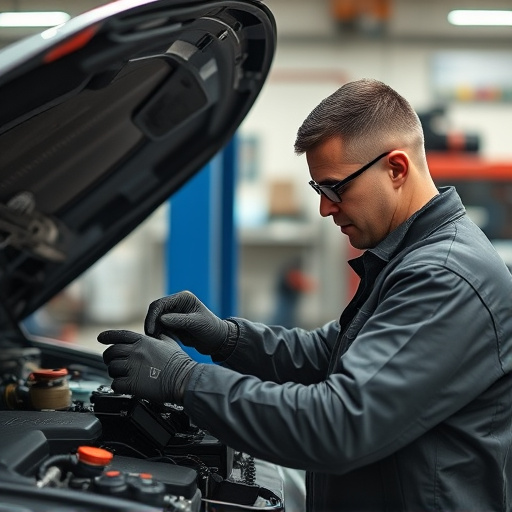
Diagnosing common air suspension issues is a crucial step in Tesla air suspension repair. One of the primary indicators of a problem is irregular ride height variations, which can be caused by faulty sensors or compressed springs. Uneven tire wear patterns are also a red flag, suggesting misalignment or damage to the suspension components.
Underneath the surface, leaks within the air springs or valves can lead to reduced air pressure, impacting the vehicle’s stability and handling. Moreover, electrical malfunction in the ECU (Electronic Control Unit) responsible for managing the air suspension system can result in unpredictable behavior. Regular checks for any signs of corrosion, damaged wires, or malfunctioning sensors are essential maintenance practices at an auto repair shop, especially for electric vehicles like Tesla, to ensure seamless operation of their advanced air suspension systems and prevent costly repairs.
Repair Process and ECU Communication Checks
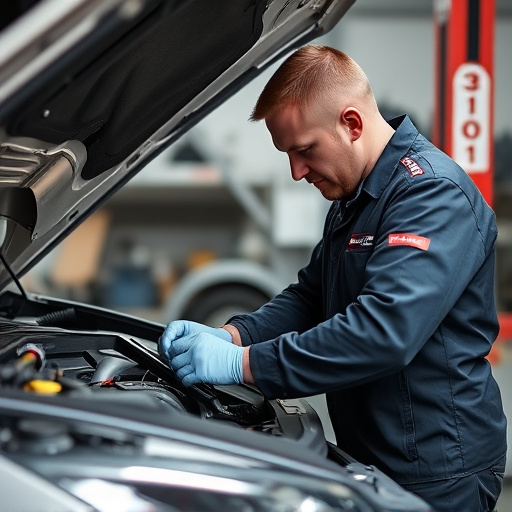
The Tesla air suspension repair process involves a meticulous series of steps to ensure the vehicle’s smooth and safe operation. It begins with a thorough inspection to identify the faulty component, whether it’s a compressed air cylinder or a damaged valve. Technicians then carefully disassemble the affected part, replacing it with a new one that meets Tesla’s high-quality standards. During this process, specialized tools are employed to ensure precision and accuracy.
ECU communication checks are an integral part of the repair process. The electronic control unit (ECU) is responsible for managing various systems in the vehicle, including air suspension. After replacing or repairing a component, auto repair experts will conduct diagnostic tests to verify proper ECU communication. This involves using advanced scanning tools to monitor data flows and ensure that the ECU receives and interprets signals accurately, thereby ensuring seamless integration and optimal performance of the Tesla’s air suspension system. These checks are crucial in mitigating potential issues and guaranteeing the car’s safety and efficiency, comparable to how a Mercedes Benz repair shop would approach precision auto repairs.
In conclusion, Tesla air suspension repair involves a thorough understanding of the intricate system and effective diagnostic methods. By identifying common issues like sensor malfunctions or compressor problems, you can ensure optimal vehicle performance and comfort. The repair process, including ECU communication checks, is a meticulous task that requires specialized tools and knowledge. Embracing these steps will not only restore your Tesla’s air suspension but also enhance its overall driving experience, making it a reliable and enjoyable journey on the road.

